Gallery: The Smallest Alien Planets
Three Smallest Alien Planets Discovered
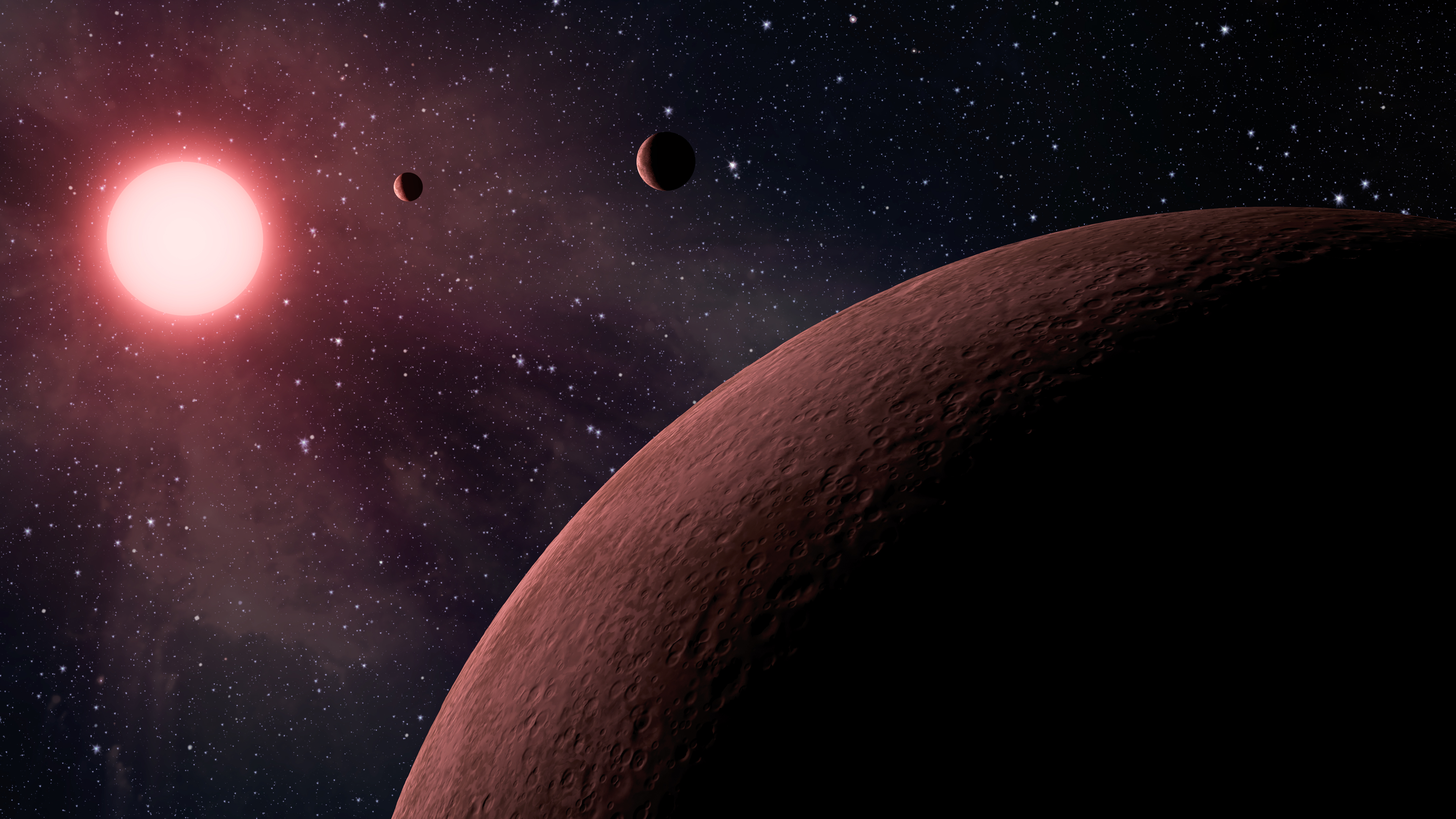
This artist's concept depicts the newfound planetary system KOI-961, which contains three alien planets smaller than Earth. The exoplanets circle their red-dwaf host star at very close distances, so they're likely too hot to host life. [Full Story]
KOI-961 and Its Three Known Planets
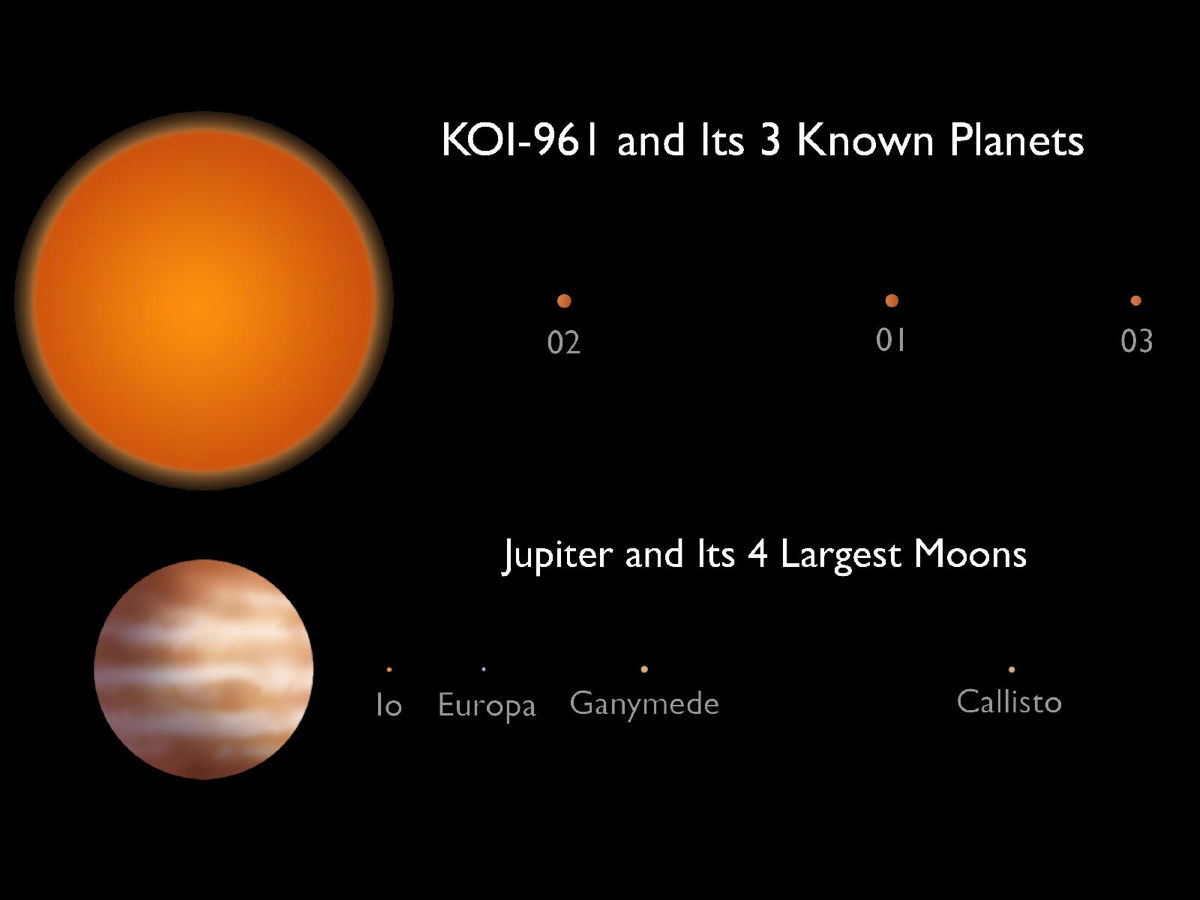
This artist's conception compares the KOI-961 planetary system to Jupiter and the largest four of its many moons. The KOI-961 planetary system hosts the three smallest planets known to orbit a star beyond our sun (called KOI-961.01, KOI-961.02 and KOI-961.03). Image released January 11, 2011.
Smallest Alien Planets Comparison
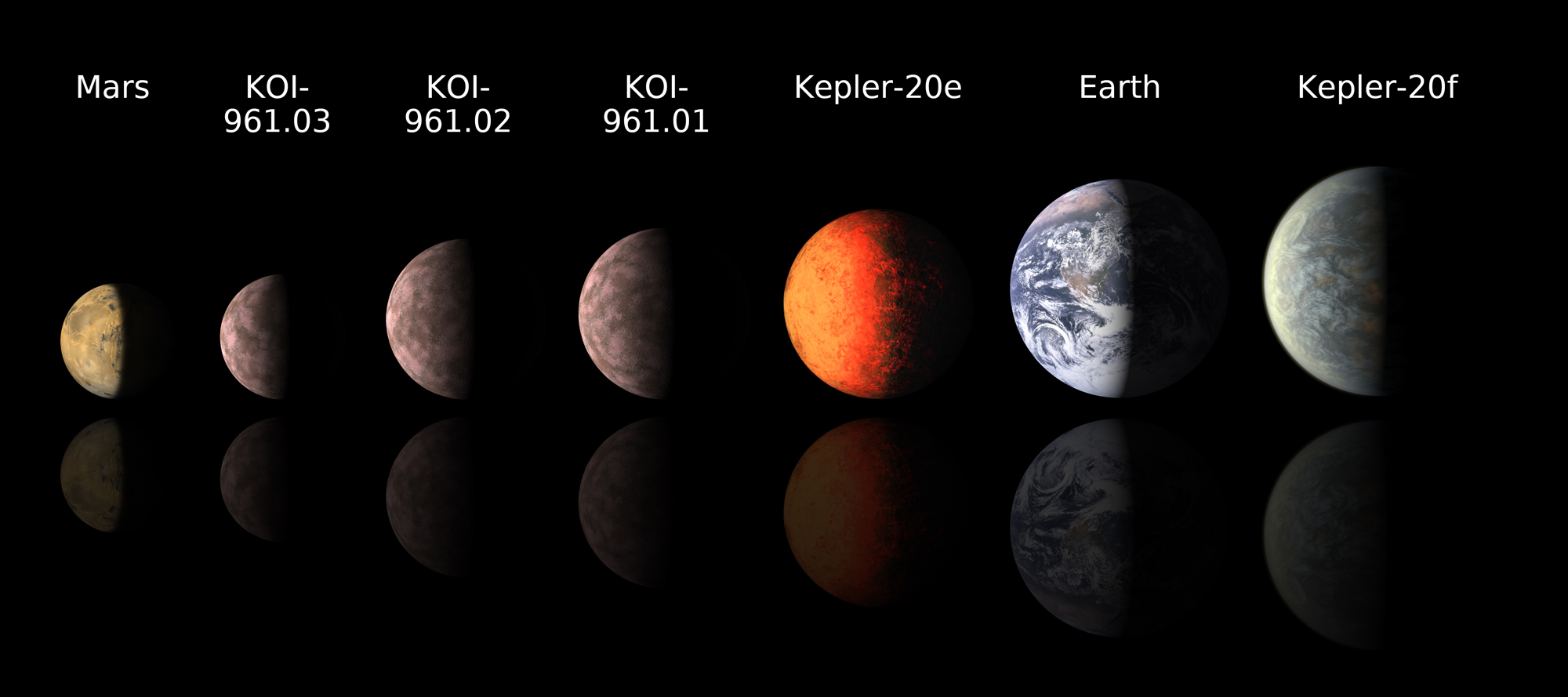
This chart compares the smallest known alien planets to Mars and Earth. Astronomers using data from NASA's Kepler space telescope announced the discovery of KOI-961.01, KOI-961.02 and KOI-961.03 on Jan. 11, 2012; the Kepler team announced Kepler-20e and Kepler-20f in December 2011.[Full Story]
Former Champ: Planet Kepler-20e
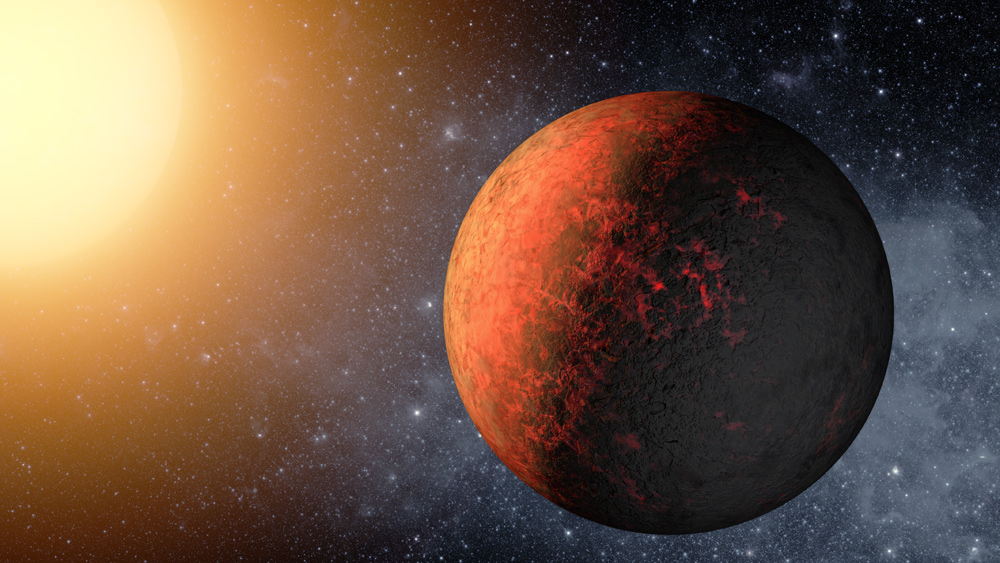
An artist's rendering of the newfound alien planet Kepler-20e, which scientists say is smaller than Earth, at about 0.87 times the width of our planet.
Alien Planet Kepler-20f
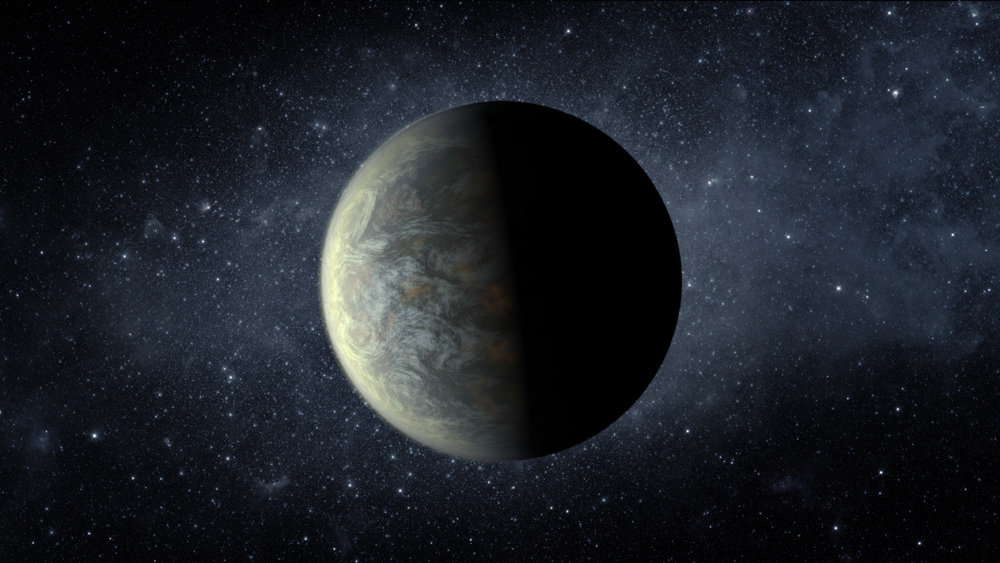
This illustration shows the alien planet Kepler-20f, discovered by NASA's Kepler space telescope. At 1.03 times the width of Earth, Kepler-20f is the second smallest exoplanet yet found.
Gliese 581e: Former Small Planet Champ
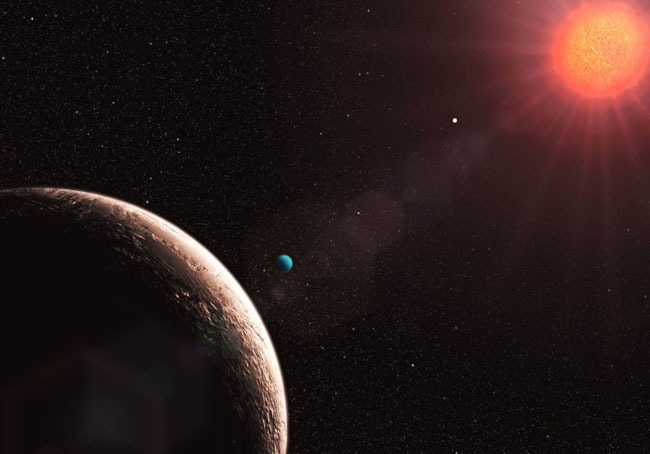
The former champ of most Earth-sized planets yet is a world called Gliese 581 e, which circles a star that has four planets total. It was called the smallest because of its mass, which is just 1.9 times the mass of Earth, making it the lightest known alien planet at the time.
Rocky planet Kepler-10b
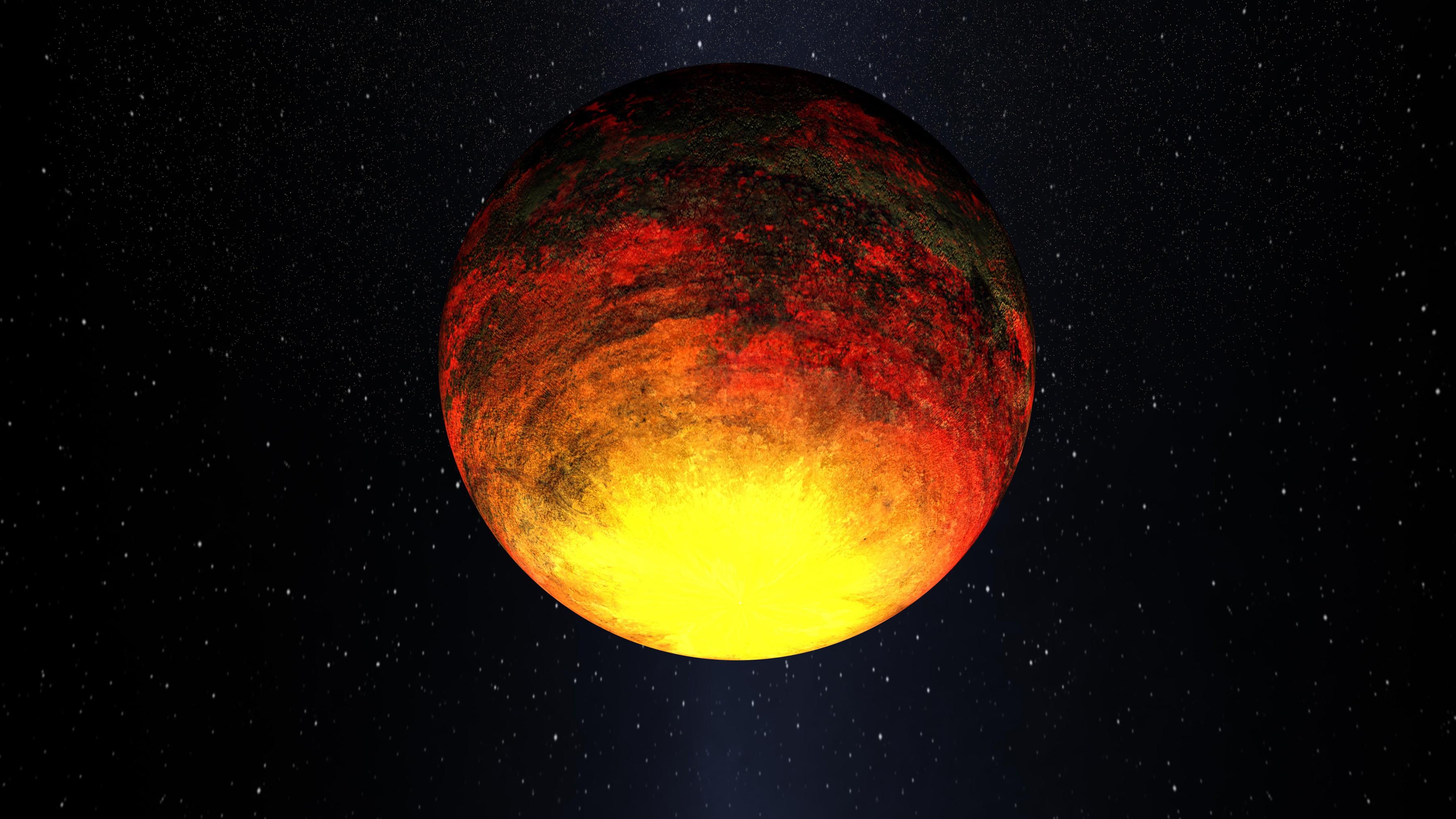
Artist's concept of Kepler-10b, which was detected by NASA's Kepler mission and is about 1.4 times the radius of Earth. Kepler scientists say it's the first "unquestionably rocky" alien planet ever found. It is about 560 light-years from Earth.
Breaking space news, the latest updates on rocket launches, skywatching events and more!
Sky Map of Alien Map Kepler-21b
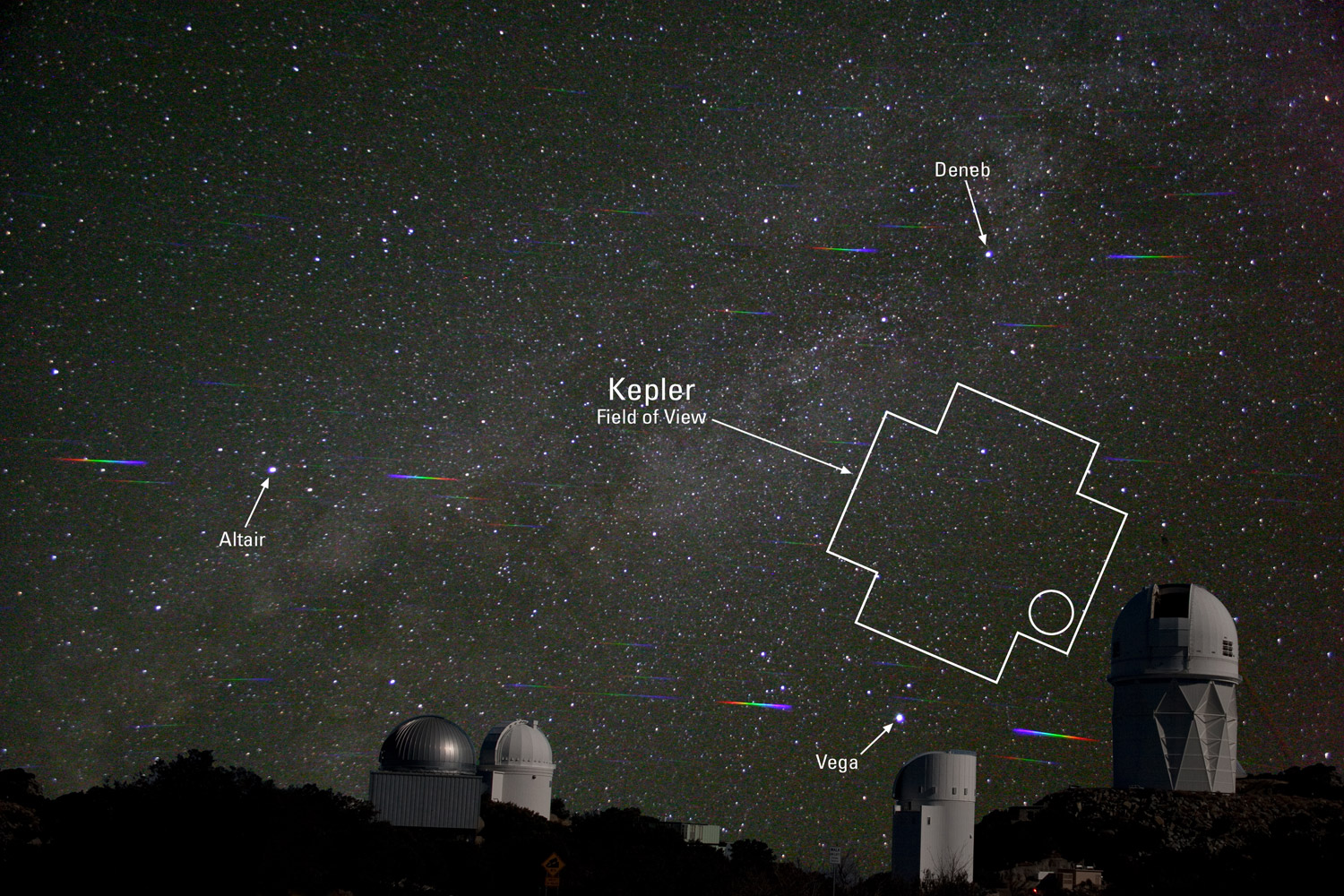
The star field studied by NASA's planet-hunting Kepler space telescope, as seen over southern Arizona's Kitt Peak National Observatory. The approximate position of the alien planet Kepler-21b and its parent star HD 179070 is indicated by the circle. Kepler-21b is located 352 light-years from Earth.
Kepler-9d
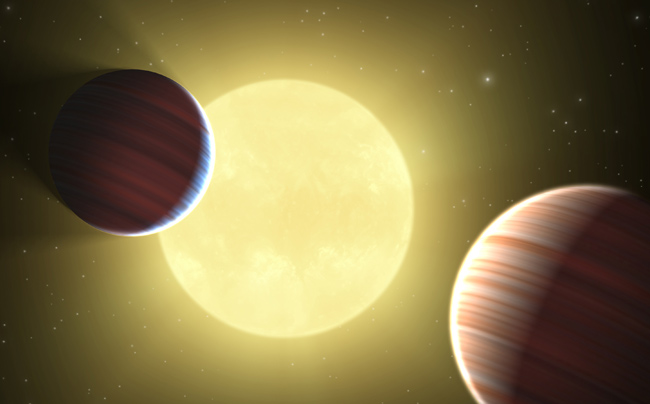
This artist's concept illustrates the two Saturn-sized planets discovered by NASA's Kepler mission around a star called Kepler-9. A 3rd planet, Kepler-9d just 1.5 times the radius of Earth, may also be orbiting the star. This is the first star system found to have multiple transiting planets.
Rocky Planet COROT-7b
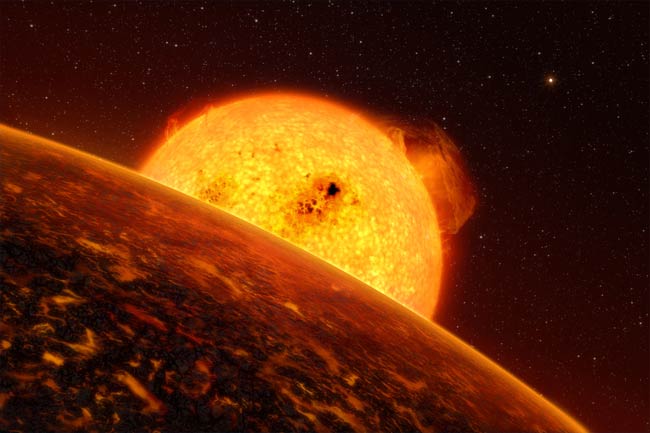
This illustration depicts the hot rocky alien planet COROT-7b, a hellish world about 1.7 times the radius of Earth that orbits a star about 500 light-years away.
Kepler-11b: Almost Double Earth's Mass
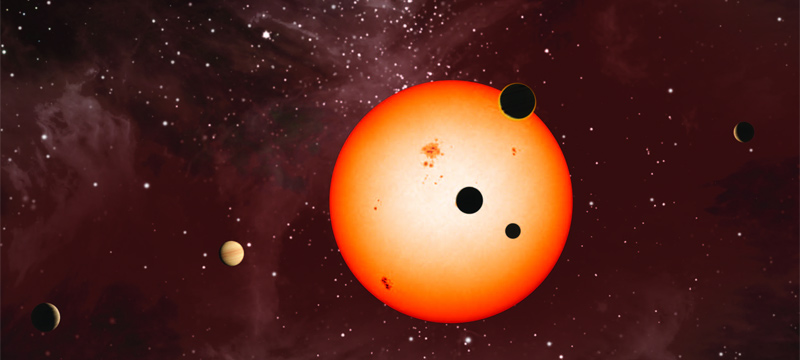
This artist's illustration of the extrasolar planets discovered around the star Kepler 11 by NASA's Kepler Space Telescope. One of the planets, called Kepler-11b, is about 1.97 times the radius of Earth.
Join our Space Forums to keep talking space on the latest missions, night sky and more! And if you have a news tip, correction or comment, let us know at: community@space.com.

Space.com is the premier source of space exploration, innovation and astronomy news, chronicling (and celebrating) humanity's ongoing expansion across the final frontier. Originally founded in 1999, Space.com is, and always has been, the passion of writers and editors who are space fans and also trained journalists. Our current news team consists of Editor-in-Chief Tariq Malik; Editor Hanneke Weitering, Senior Space Writer Mike Wall; Senior Writer Meghan Bartels; Senior Writer Chelsea Gohd, Senior Writer Tereza Pultarova and Staff Writer Alexander Cox, focusing on e-commerce. Senior Producer Steve Spaleta oversees our space videos, with Diana Whitcroft as our Social Media Editor.
